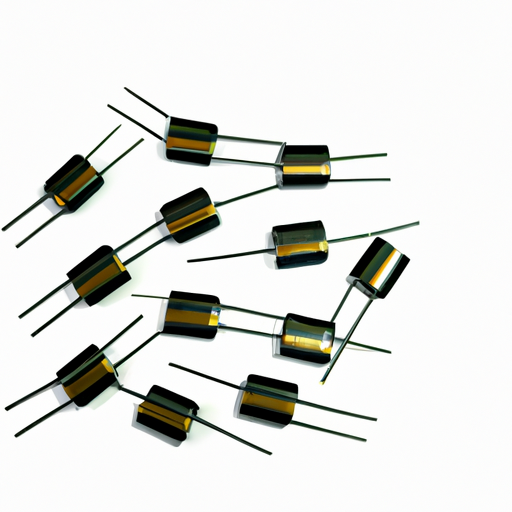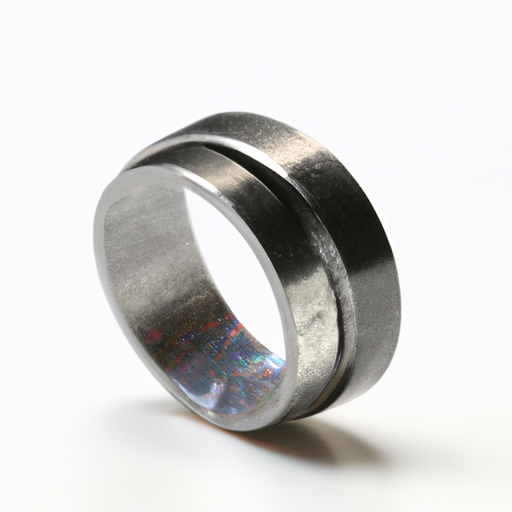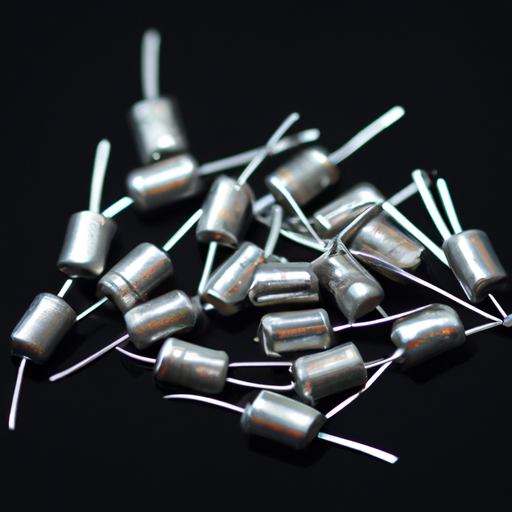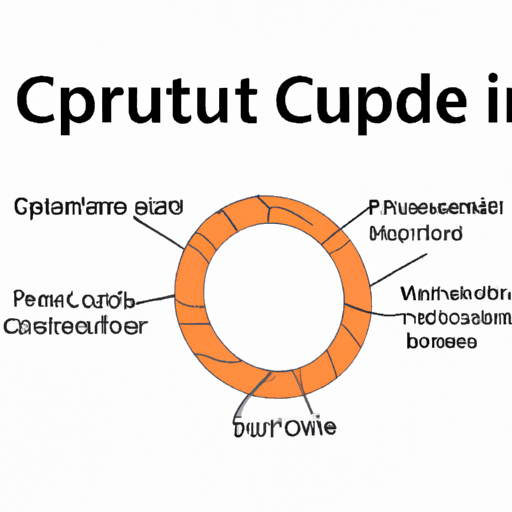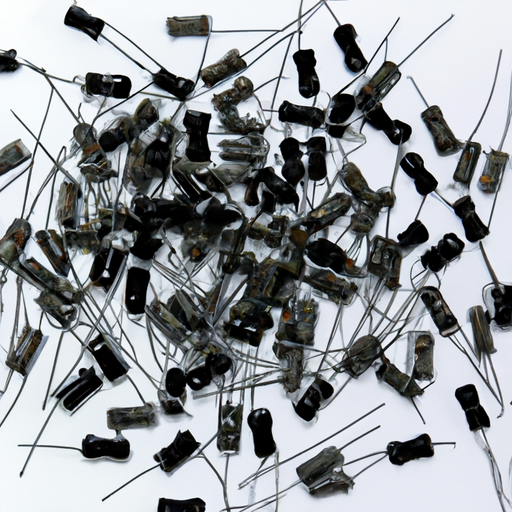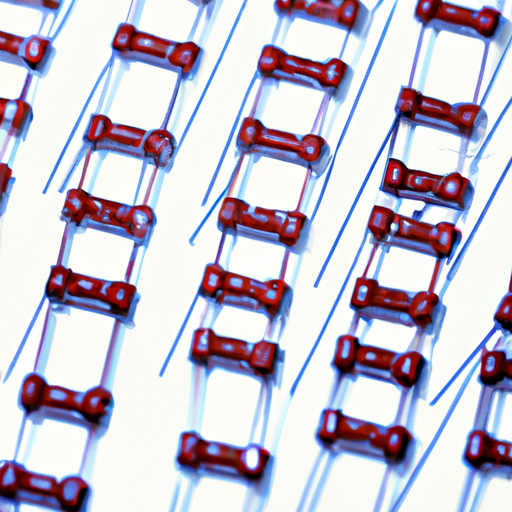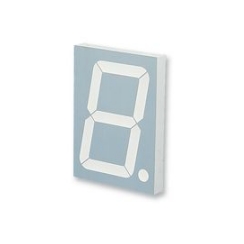What are the product characteristics of capacitor inductors?
What are the Product Characteristics of Capacitor Inductors?
I. Introduction
In the realm of electrical engineering and electronics, capacitor inductors play a pivotal role in the functionality and efficiency of various circuits. These components, which combine the properties of capacitors and inductors, are essential for managing energy storage, filtering signals, and ensuring the smooth operation of electronic devices. This article delves into the product characteristics of capacitor inductors, exploring their definitions, basic concepts, key features, applications, selection criteria, and future trends.
II. Basic Concepts
A. Definition of Capacitors
Capacitors are passive electronic components that store electrical energy in an electric field. They consist of two conductive plates separated by an insulating material known as a dielectric. The primary functionality of capacitors is to store and release energy, making them crucial in various applications, including power supply smoothing, signal coupling, and timing circuits.
1. Functionality
Capacitors charge and discharge energy, allowing them to stabilize voltage and power flow in circuits. When connected to a power source, they accumulate charge until they reach a certain voltage, after which they can release this stored energy when needed.
2. Types of Capacitors
There are several types of capacitors, including ceramic, electrolytic, tantalum, and film capacitors, each with unique characteristics suited for specific applications.
B. Definition of Inductors
Inductors, on the other hand, are passive components that store energy in a magnetic field when electrical current flows through them. They are typically made of a coil of wire wound around a core material, which can be air, iron, or ferrite.
1. Functionality
Inductors resist changes in current, making them essential for filtering, energy storage, and managing transient responses in circuits. They are commonly used in power supplies, radio frequency applications, and signal processing.
2. Types of Inductors
Inductors come in various forms, including air-core, iron-core, and toroidal inductors, each designed for specific inductance values and applications.
C. Relationship Between Capacitors and Inductors
Capacitors and inductors are often used together in circuits to create resonant circuits, which can filter specific frequencies or store energy efficiently.
1. Resonance in Circuits
When a capacitor and inductor are connected in a circuit, they can create a resonant frequency where the energy oscillates between the capacitor and inductor. This property is utilized in tuning circuits, oscillators, and filters.
2. Impedance and Reactance
Both components exhibit reactance, which is the opposition to alternating current (AC) due to their capacitance and inductance. Understanding their impedance is crucial for designing efficient circuits.
III. Key Product Characteristics of Capacitor Inductors
A. Electrical Characteristics
The electrical characteristics of capacitor inductors are fundamental to their performance in circuits.
1. Capacitance and Inductance Values
Capacitance is measured in farads (F), while inductance is measured in henries (H). The specific values determine how effectively the component can store and release energy.
2. Voltage Ratings
Voltage ratings indicate the maximum voltage the component can handle without failure. Exceeding this rating can lead to breakdown and damage.
3. Current Ratings
Current ratings specify the maximum current the component can carry safely. This is crucial for preventing overheating and ensuring reliability.
4. Frequency Response
The frequency response of capacitor inductors defines how they behave at different frequencies, impacting their effectiveness in filtering and signal processing applications.
B. Physical Characteristics
The physical characteristics of capacitor inductors influence their integration into electronic designs.
1. Size and Form Factor
The size and form factor of capacitor inductors can vary significantly, affecting their suitability for different applications, especially in compact electronic devices.
2. Material Composition
The materials used in the construction of capacitor inductors, such as the dielectric in capacitors and the core material in inductors, impact their performance, reliability, and cost.
3. Packaging and Mounting Options
Different packaging and mounting options, such as surface mount or through-hole, provide flexibility in design and manufacturing processes.
C. Thermal Characteristics
Thermal characteristics are critical for ensuring the longevity and reliability of capacitor inductors.
1. Operating Temperature Range
Each component has a specified operating temperature range, beyond which performance may degrade or failure may occur.
2. Thermal Stability
Thermal stability refers to the component's ability to maintain performance under varying temperature conditions, which is essential for reliable operation in diverse environments.
3. Heat Dissipation
Effective heat dissipation mechanisms are necessary to prevent overheating, especially in high-power applications.
D. Reliability and Lifespan
Reliability and lifespan are crucial factors in the selection of capacitor inductors for any application.
1. Failure Rates
Understanding the failure rates of capacitor inductors helps in assessing their reliability and suitability for critical applications.
2. Aging Effects
Over time, capacitor inductors may experience aging effects that can alter their performance, making it essential to consider lifespan in design.
3. Environmental Resistance
Resistance to environmental factors such as humidity, temperature fluctuations, and mechanical stress is vital for ensuring long-term reliability.
IV. Applications of Capacitor Inductors
Capacitor inductors find applications across various fields, including:
A. Power Supply Circuits
In power supply circuits, capacitor inductors are used for filtering and smoothing voltage, ensuring stable power delivery to electronic devices.
B. Signal Processing
They play a crucial role in signal processing, where they filter out unwanted frequencies and enhance signal integrity.
C. RF and Communication Systems
In radio frequency (RF) and communication systems, capacitor inductors are essential for tuning and impedance matching, enabling efficient signal transmission.
D. Filtering and Energy Storage
Capacitor inductors are widely used in filtering applications to remove noise and in energy storage systems to manage power flow.
V. Selection Criteria for Capacitor Inductors
When selecting capacitor inductors for specific applications, several criteria should be considered:
A. Application Requirements
Understanding the specific requirements of the application, such as voltage, current, and frequency, is crucial for selecting the right component.
B. Performance Specifications
Evaluating performance specifications, including capacitance, inductance, and thermal characteristics, ensures optimal functionality.
C. Cost Considerations
Cost is always a factor in component selection, balancing performance with budget constraints.
D. Manufacturer Reputation and Quality Assurance
Choosing components from reputable manufacturers with quality assurance processes can significantly impact reliability and performance.
VI. Future Trends in Capacitor Inductor Technology
The field of capacitor inductor technology is evolving, with several trends shaping its future:
A. Advancements in Materials
New materials are being developed to enhance the performance and efficiency of capacitor inductors, leading to better energy storage and lower losses.
B. Miniaturization and Integration
As electronic devices become smaller, the demand for miniaturized capacitor inductors that can be easily integrated into compact designs is increasing.
C. Smart Capacitor Inductors
The integration of smart technologies into capacitor inductors is paving the way for more intelligent energy management systems, enhancing their functionality.
D. Sustainability and Environmental Impact
There is a growing emphasis on sustainability in component manufacturing, with efforts to reduce environmental impact and improve recyclability.
VII. Conclusion
In summary, understanding the product characteristics of capacitor inductors is essential for anyone involved in electrical engineering and electronics. These components are integral to the functionality of various circuits, and their electrical, physical, thermal, and reliability characteristics play a significant role in their performance. As technology advances, capacitor inductors will continue to evolve, offering new opportunities for innovation in electronic design. By considering the key characteristics and trends discussed in this article, engineers and designers can make informed decisions that enhance the efficiency and reliability of their electronic systems.
VIII. References
- Academic Journals
- Industry Standards
- Manufacturer Specifications
- Relevant Textbooks and Online Resources
This comprehensive overview of capacitor inductors provides a solid foundation for understanding their product characteristics and their critical role in modern electronics.

